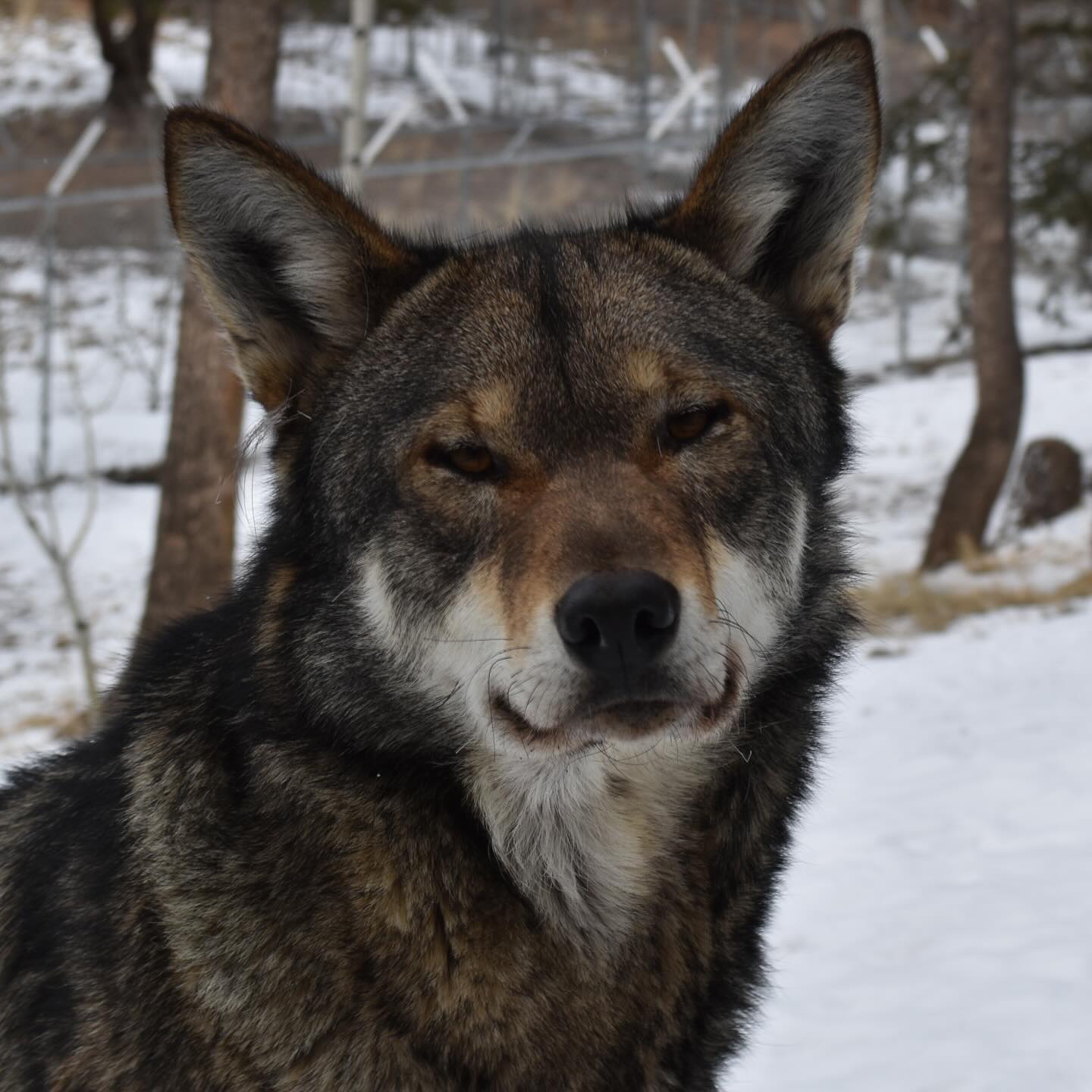- Cloning claims by Colossal Science misrepresent the genetic realities of American Red Wolves and dire wolves, leading to misinformation in conservation science.
- Conservation through cloning can harm actual wildlife preservation efforts and deviate from effective methods needed for species survival.
- American Red Wolves face serious threats that require genuine conservation actions, highlighting the significance of public awareness and collaboration.
- Authentic conservation strategies, including habitat preservation, anti-poaching efforts, and public education, play crucial roles in protecting endangered species.
Colossal Science’s recent assertions regarding cloning have sparked considerable debate within the scientific and conservation communities. Their claim to have successfully cloned an endangered American Red Wolf is, in reality, a misrepresentation; the animals they are creating are genetically modified counterparts, not true clones. Such declarations can obscure the real scientific challenges and conservation needs surrounding species like the American Red Wolf.
The notion that cloning can aid conservation is drawn from a science-fiction narrative rather than biological reality. It brings up complex issues regarding genetic integrity, ecosystem balance, and long-term viability. Cloning focuses on individual organisms, overshadowing the ecosystem-level strategies essential for preserving species that face extinction threats. Genetic modification creates organisms with complex ancestry rather than purebred individuals, as seen in the misrepresented “ghost wolf DNA” in cloned coyotes. By crossbreeding with Gulf Coast Coyotes, these wolves harbor remnants of their ancestors, not true genetic replicas of the American Red Wolf lineage.
The primary concern with cloning as a conservation strategy lies in its potential to overshadow essential actions needed for species survival. Cloning, as it stands, is unlikely to replicate entire populations or adapt them to the challenges of their natural habitats. Evolution has equipped species with an intricate balance between genetics and environment, one that cloning cannot replicate or preserve. Conservationists argue that the spotlight on genetic technology in these contexts draws needed attention and resources away from habitat-focused strategies and broader ecological considerations. This focus can undermine the successes achieved through traditional conservation endeavors.
The survival of the American Red Wolf is intricately linked to genuine conservation actions that extend beyond the laboratory. Its population has dwindled to a perilous low, and safeguarding existing individuals must remain a priority. Captive breeding, release programs, and vigilant management of disease and human-related fatalities are vital. The implementation of effective conservation policies requires genuine collaboration between local communities, governments, and conservation organizations to foster an environment where species can thrive naturally.
Public awareness and participation play pivotal roles in genuine conservation. Encouraging community involvement fosters positive attitudes towards wildlife, promoting both physical and legislative support for preservation efforts. Individuals can make an impact by supporting organizations dedicated to habitat preservation and sustainable land use, volunteering time to educational outreach, and reducing personal ecological footprints. Each individual action contributes to a collective effort to protect vulnerable species and maintain biodiversity.
Authentic conservation strategies embrace a holistic approach, employing a range of activities beyond scientific interventions like cloning. Habitat preservation remains a cornerstone of efforts to protect endangered species, ensuring that natural resources and biological communities are maintained for future generations. Anti-poaching and wildlife law enforcement are essential in combating illegal activities that threaten species and habitats. Conserving genetic diversity through well-managed breeding programs can promote healthy populations that retain their natural ability to adapt and thrive in changing environments. Lastly, a commitment to education and advocacy enhances the broader understanding necessary for effective conservation.
Colossal Science’s misleading claims illustrate the ongoing challenge of balancing technological advances with genuine conservation needs. Scientific integrity and public education concerning species conservation are critical. Cloning is not a substitute for conservation efforts grounded in ecological principles and practical actions that support all life forms within their native environments. As we navigate these challenges, it is essential to prioritize strategies that actively contribute to preserving biodiversity.
*****
Source Description
On the heels of their claim to clone Dire Wolves (just GMO Grey wolves), Colossal Science has now claimed to have cloned an imperiled American Red Wolf. This is another misleading and harmful claim. Colossal actually cloned a coyote from Louisiana. The Gulf Coast Coyotes have what has been commonly called “ghost” wolf DNA – remnants of cross breeding between coyotes and American Red Wolves long ago.
Cloning endangered species is straight out of science-fiction and threatens actual conservation efforts. Cloning is not going to save the American Red Wolf – but real life conservation can.
Photo: Our American Red Wolf, Fender.


